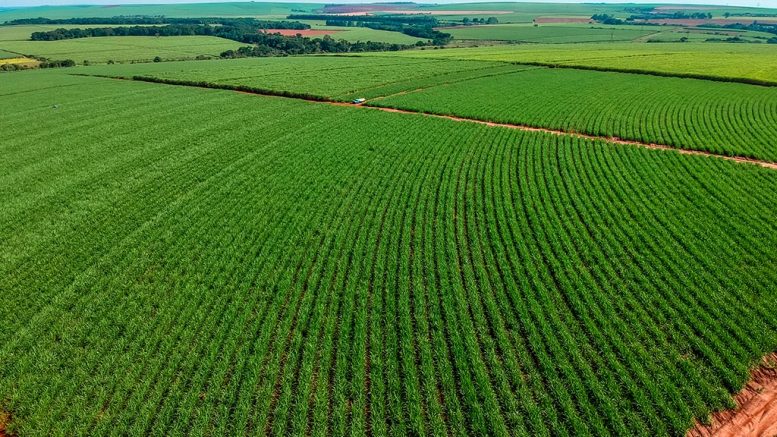“Grain and oilseed crops have been expanding strongly in the State of São Paulo…”
Celso Luis Rodrigues Vegro is a scientific researcher and department technical director at the Agricultural Economics Institute – IEA, an agronomist from the Escola Superior de Agricultura “Luiz de Queiroz” – USP, M.Sc. in development, agriculture and society from UFFRJ.
Vegro is a research fellow at the Brazilian Consortium for Coffee Research and Development, at Embrapa Café, and former CEO of the Credit Union and Fiscal Council of the Association of Agronomists of the State of São Paulo.

Celso Vegro, scientific researcher and department technical director at IEA
AgriBrasilis – IEA just completed 80 years. What were the main contributions of the Institute?
Celso Vegro – Agricultural economics emerged in Brazil as a field of knowledge through the formalization of studies and analyzes that begun in 1942 at the Agricultural Economics Institute.
The entity is linked to the Agency of Agribusiness Technology of the State of São Paulo, that also includes other research institutes, such as the Agronomic Institute of the city of Campinas and the Biological Institute in the city of São Paulo.
Among the contributions developed at IEA, some have established themselves as references: the methodology for accounting for production costs, the creation of agricultural price indices (paid, received), forecasts of agricultural harvests, the systematic survey of land prices and rural labor market, survey of agricultural exploitation units (LUPA Census). These are examples of subjects that came to be implemented at the national level.
AgriBrasilis – What services are provided by the IEA?
Celso Vegro – IEA responds to government demands (support in the design of sectoral policies and valuation of goods for tax purposes) and private demands (price bulletins and technical analyzes for production chains). In the case of land prices, the survey has approximately 2 thousand informants distributed in the 645 municipalities of the State.
AgriBrasilis – What was the scenario for agricultural land prices in the State of São Paulo in 2022?
Celso Vegro – The expected evolution for land prices in 2022 is high in sight of the financial results that agricultural commodities have been obtaining in recent years. The precise variation of these prices will be published on the institution’s website as soon as the data is cleared and corrected.
AgriBrasilis – How have the dynamics of agricultural land use evolved in the State of São Paulo in recent years?
Celso Vegro – Pastures constitute the main occupation of agricultural land in São Paulo, but they have gradually lost area to sugarcane farming, that accounts for approximately 45% of the value of agricultural production in the State. Other crops also stand out, such as citrus and coffee.
Grain and oilseed crops have been expanding strongly in the State of São Paulo, and it is expected that by 2024 the State will harvest more than 6 million tonnes of soybean and, by 2030, 10 million tonnes of corn.
AgriBrasilis – What is the forecast for the harvest of the main crops in the State of São Paulo in 2023?
Celso Vegro – IEA makes estimates on the production of 55 agricultural and livestock products. Five campaigns are carried out throughout the agricultural year to measure the harvest.
Having an area much smaller than the leading states in agricultural supply, the State of São Paulo ranks as the second largest producer in the country, accounting for US$ 25.4 billion in 2021.
These results are derived from the importance that sugarcane has, but also from the diversified production agenda, that includes vegetables, fruits, flowers, fibers (cellulose), meat, eggs, honey, etc.
AgriBrasilis – What is the Rural Routes program? What are its results?
Celso Vegro – In 2020, the IEA, alongside important international partners (GOOGLE, ArcGIS), implemented the Rural Routes program, that provides an electronic address for each rural property in the State.
This effort is part of a public action to increase citizenship in the countryside. Having an address is a crucial element to take advantage of modern geolocation tools, essential for activities to support production and marketing (purchases and sales through web portals), access to public services (i.e firefighters or health professionals) and strengthening security in the countryside.
Through this set of initiatives, IEA contributes to the State’s agricultural development, that is one of the constituent aspects of its institutional mission.
READ MORE:

